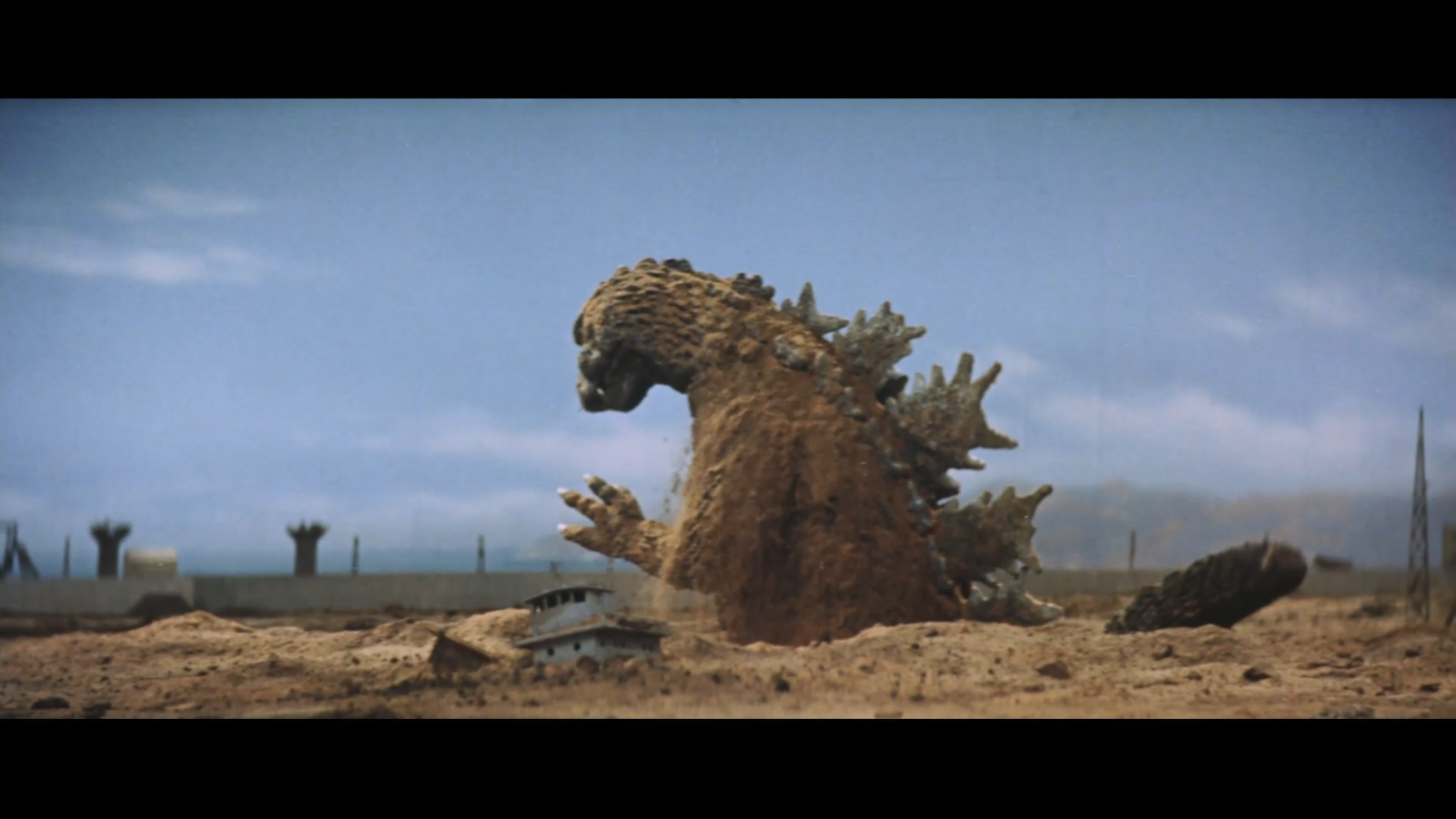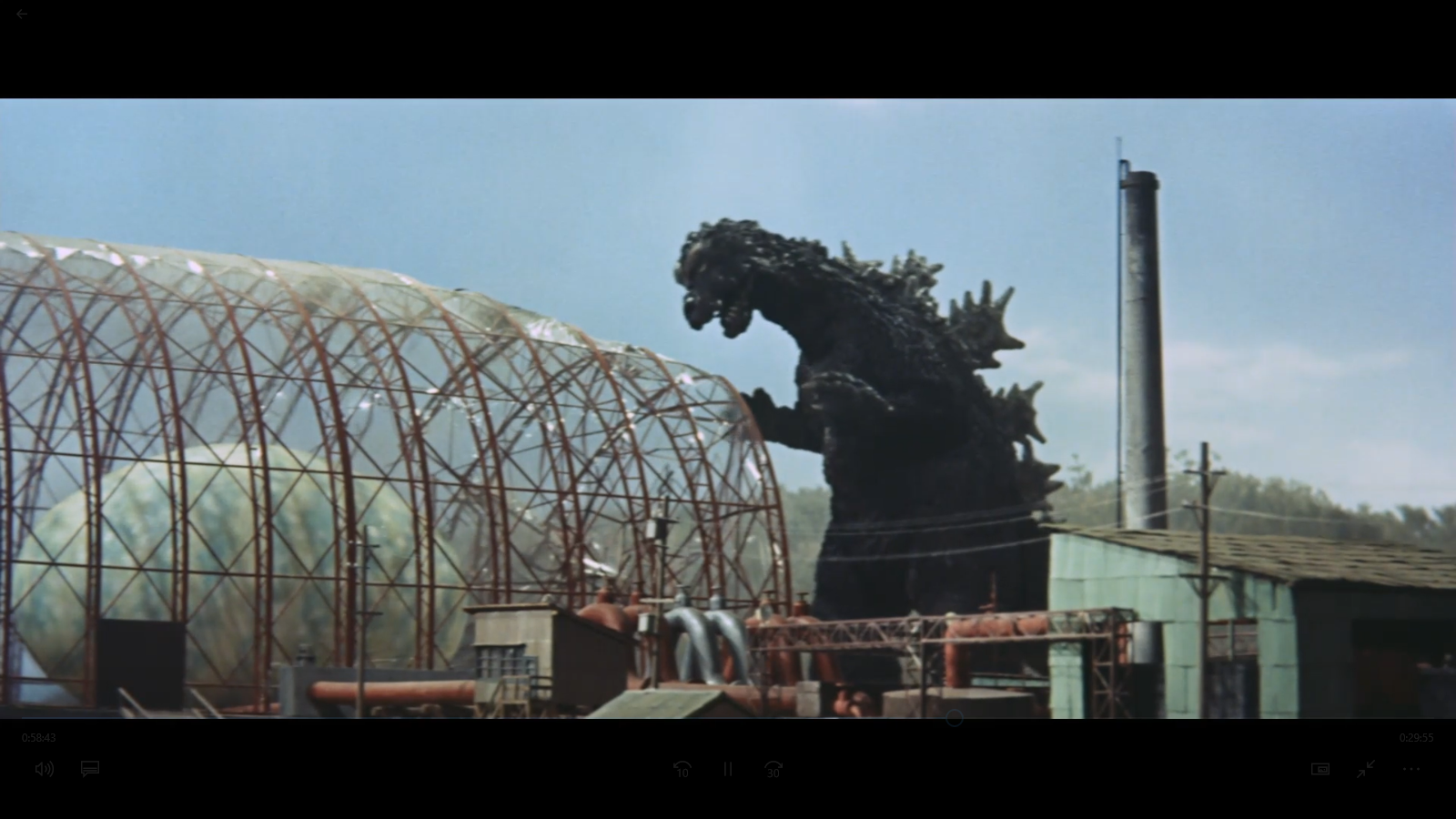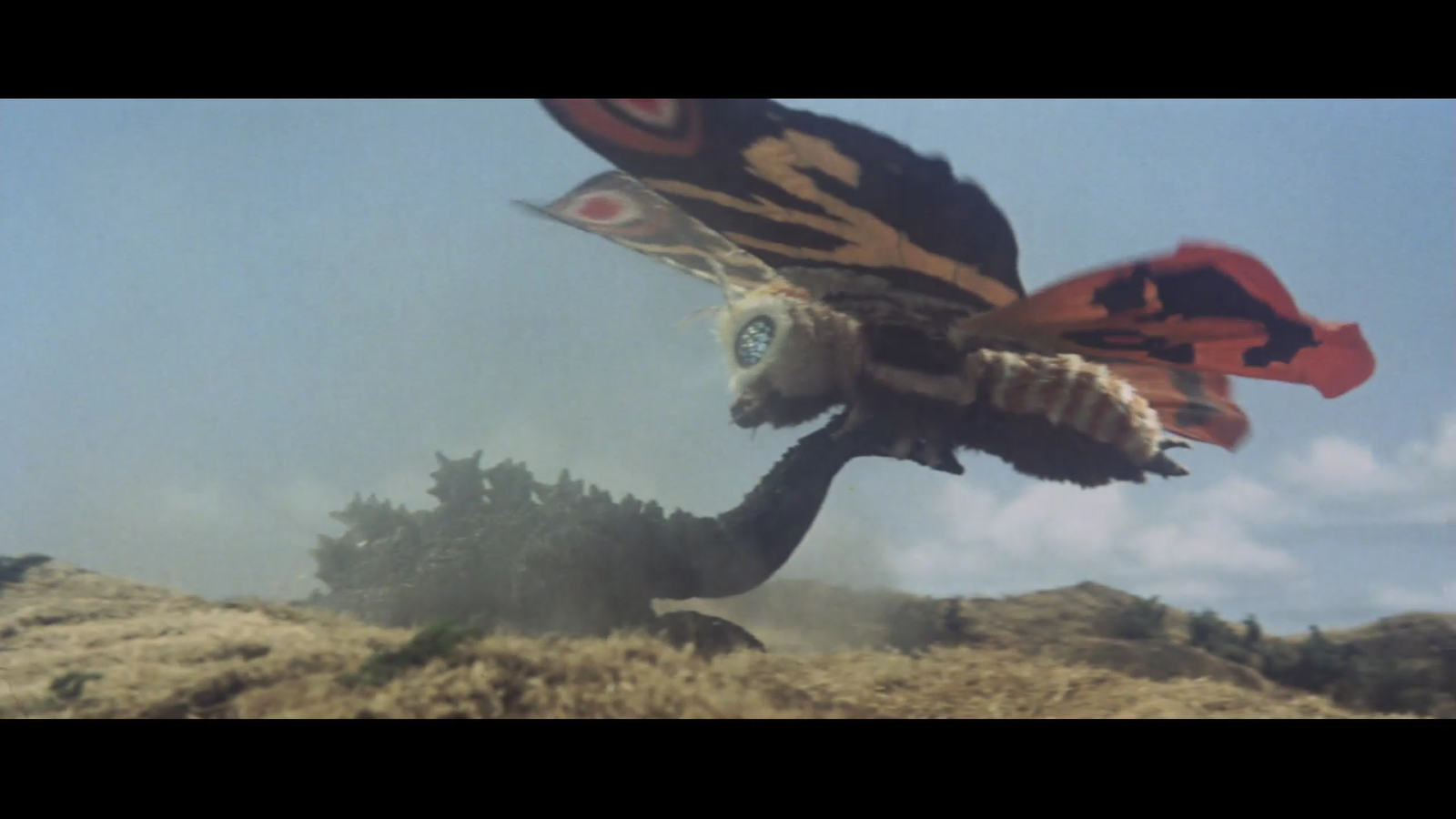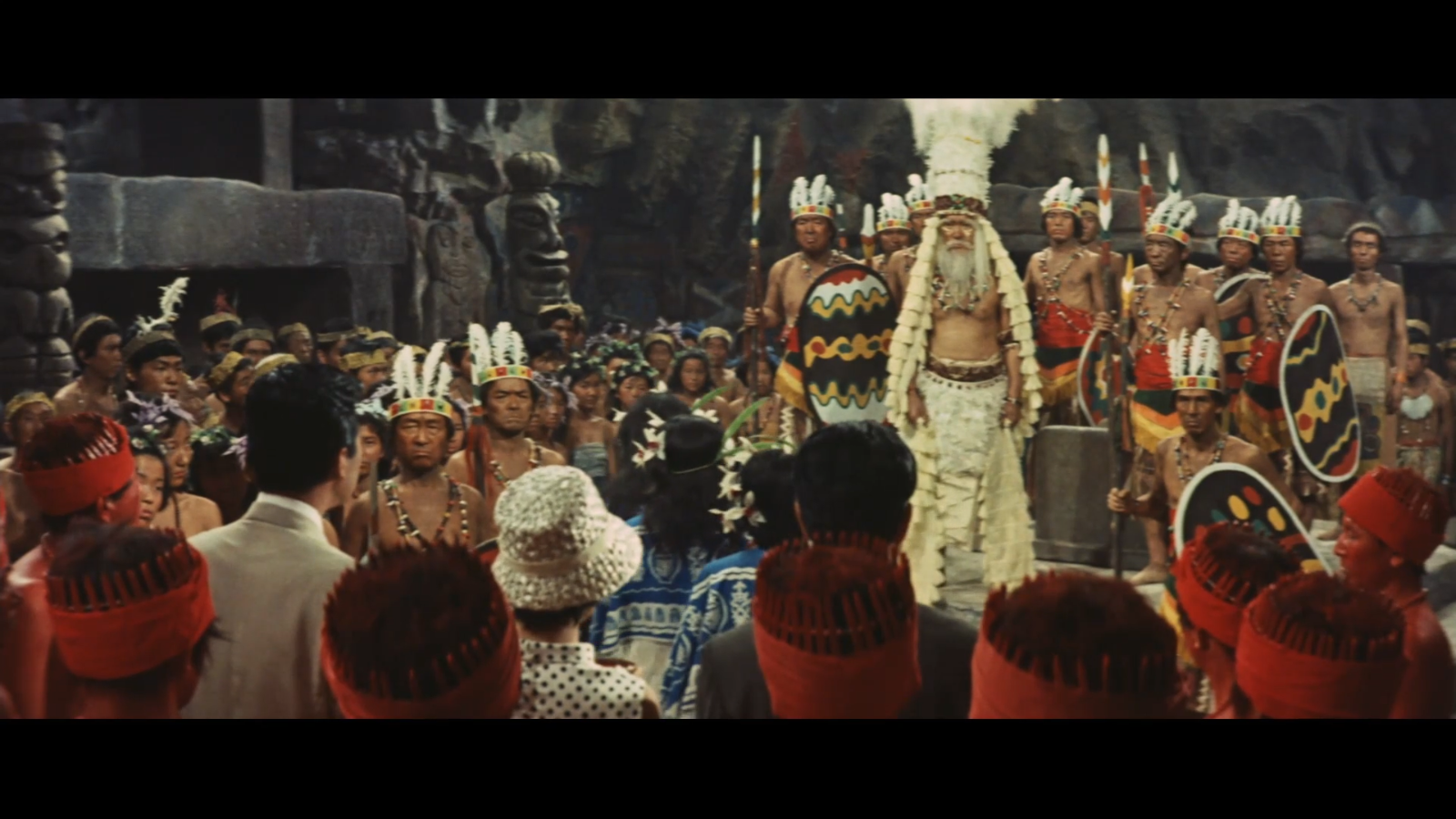
by Jason Sacks
I’ve reviewed some frightening movies in this magazine before – the existential middle-aged angst of Seconds, the gothic horror of Ingmar Bergman’s Hour of the Wolf and the eerie uncanny feeling of Planet of the Vampires, among others. But I’ve never reviewed a movie that’s scary in quite the same way as the new movie Targets.

Targets is frightening because it’s so real. It’s loosely based on the story of the Texas Tower Sniper. This real-life horror happened on August 1, 1966, when a seemingly ordinary man, a Marine veteran named Charles Whitman, climbed the long stairs of the Main Building at the University of Texas with rifles and a sawed-off shotgun and then began indiscriminately opening fire during a class break on campus.
Whitman killed 14 people that day, students walking on the campus mall and people shopping along distant Guadalupe Street, people cowering and people walking innocently. 31 more were injured, stark and frightening numbers we all hope will never be reached again.

As subsequent news reports shared, Whitman was a man with a bit of a broken life. He was an orphan who was adopted by an exacting family in which the father was never satisfied. He served in the Marines but never saw battle, instead studying engineering. At the time of his shooting, it seems he was in an unhappy marriage and struggling with mental health. And though we might try to guess what caused Whitman to snap that day, in the end, the inner life of Charles Whitman will always be a mystery. And in that lack of closure lies perhaps the greatest horror of all, because Whitman is a Rorschach test, a person onto whom we can project our own confusion, our fears and our worries about the modern world.
The blurry line between fiction and reality
In Targets our killer has the banal name of Bobby Thompson, played by Tim O’Kelly. Thompson lives in the quiet and peaceful San Fernando Valley. He’s in his 20s, lives with his parents and seems like an ordinary young man who suddenly seems to get into his head to… murder his family brutally.

Director Peter Bogdanovich, in his feature debut, does a fantastic job of creating that shock value for viewers, as we are lulled into a calm, false sense of security. Everything at the Thompson house seems very calm and serene on the surface, very 1968 you might say, in which everything seems quite placid on the surface of things.
And just like in our terrible year of assassinations and wars and riots in the streets, below the surface of a seemingly peaceful existence is an unbelievable amount of roiling turmoil desperately trying to escape.
But in this movie, Bogdanovich also brings in another element, one that really gives this film a smartly designed feeling of tension. Because there’s another plot in this film. Boris Karloff essentially plays himself in this movie, in documentary-like scenes in which washed-up old horror actor Byron Orlok decides he is out of step with the times. Nobody likes his outdated style of horror anymore. His work and his style are no longer relevant, so Orlok has decided to return to London to retire.

But Orlok’s companion, film director Sammy Michaels – played by director Bogdanovich! – persuades Orlok to make one final public appearance in Los Angeles. They decide to attend a premiere of his final film at a drive-in in LA suburb Reseda and arrange his appearance there.
As the day goes on, we witness two parallel threads. In one, we see Orlok make his preparations to attend the premiere and hear him talk about the changes in modern society from his time in the limelight. In the other, deeply chilling thread, we witness Thompson on top of an oil tank in the San Fernando Valley, assassinating innocent people who are just driving down the freeway.
Those assassination scenes feel like they take an eternity because of the smart ways Bogdanovich, designer Polly Plott and cinematographer László Kovács compose the scene: with bland, sun-washed colors, an alienating sense of distance, the random way Thompson seems to be sprawled on the tanker floor. And his escape is also presented in an equally powerful, equally bland way. Though an oil company employee discovers him, that man is dispatched in an un-cinematic manner and Thompson’s escape does not present him in a light that makes the assassin heroic in any way.

Eventually Thompson flees to a movie theatre, the same theatre where Orlok’s film will be premiering. In an ironical fulfilment his own fears, Orlok’s is rendered irrelevant by the real-world horrors of 1968. We see a few scenes of the film. It looks like a Roger Corman adaptation of an Edgar Allan Poe story, and ten years ago that film would have fit the times well. But 1968 requires sterner horrors. ‘68 requires Rosemary’s Baby and The Hour of the Wolf and the more existential fears of Planet of the Apes and 2001: A Space Odyssey. It perhaps requires a different type of horror as in The Devil Rides Out. And it requires the profoundly upsetting horror of Targets.
Targets is not a perfect film. It’s a bit fannish feeling, no surprise because Bogdanovch is a prominent writer for film journals and reportedly is working on a documentary of the great director John Ford. Orlok is named after the lead character in the classic 1922 German expressionistic vampire film Nosferatu – a film student reference if I ever heard one – and the slightly postmodern feel of the Orlok scenes take away from the horror of the massacre.

But despite that, in this year of Kennedy and King, when Cronkite is talking over scenes from Vietnam every night at 6:00 and American cities are on fire, Targets hits close to the bone. I had real trouble overcoming my sheer personal horror at the events on the screen. In other words, I appreciated the artfulness of this movie but it took every force of will to keep myself in my seat and not walk out on it. Sometimes horror is too difficult to face, or maybe it’s too pervasive to face directly. Maybe we need something more indirect to allow ourselves to appreciate the fear. Poor innocent pregnant Rosemary isn’t like us. But Bobby Thompson? Any of us can snap, for no reason. That evil within every one of us is the most frightening thing I can imagine.
3½ stars – but again, be warned this is a very upsetting film.

![[August 18, 1968] The Horror is Real (<i>Targets</i>)](https://i0.wp.com/galacticjourney.org/wordpress/wp-content/uploads/2023/08/680818targets.jpg?resize=500%2C372)

![[July 4, 1968] Youth Is Wasted On The Young (<i>Wild In The Streets</i>)](https://i0.wp.com/galacticjourney.org/wordpress/wp-content/uploads/2023/06/TITLE.png?resize=672%2C372)






















![[February 6, 1968] The Most Dangerous Dame (<i>Confessions of a Psycho Cat</i>) and From the Land of Hype (Ellison's <i>From the Land of fear</i>)](https://i0.wp.com/galacticjourney.org/wordpress/wp-content/uploads/2023/02/680206covers.jpg?resize=672%2C372)

















![[July 6, 1967] Humour, British-style (<i>Carry on Screaming</i>)](https://i0.wp.com/galacticjourney.org/wordpress/wp-content/uploads/2022/06/670706poster.jpg?resize=672%2C372)









![[June 24, 1967] Oh no, not again! (The James Bond movie, <i>You Only Live Twice</i>)](https://i0.wp.com/galacticjourney.org/wordpress/wp-content/uploads/2022/06/670624poster.jpg?resize=600%2C372)

























![[July 26, 1966] Along for the Ride (<i> This Island Earth</i>)](https://i0.wp.com/galacticjourney.org/wordpress/wp-content/uploads/2021/07/this-island.png?resize=672%2C372)









![[June 14, 1965] Our Best Man (the Young Traveler's favorite secret agent)](https://i0.wp.com/galacticjourney.org/wordpress/wp-content/uploads/2020/06/650614title2.jpg?resize=672%2C372)




















![[Aug. 7, 1964] Rematch! (<i>Mothra vs. Godzilla</i>)](https://i0.wp.com/galacticjourney.org/wordpress/wp-content/uploads/2019/08/640807poster.png?resize=597%2C372)










![[Apr. 4, 1964] A taste of brine (the book and movie, <i>The Amphibian</i>)](https://i0.wp.com/galacticjourney.org/wordpress/wp-content/uploads/2019/04/640403AM_1.jpg?resize=672%2C372)








![[August 23, 1963] Laughing Mushrooms (Ishirō Honda's <i>Matango</i>)](https://i0.wp.com/galacticjourney.org/wordpress/wp-content/uploads/2018/08/630823matango.jpg?resize=300%2C372)









